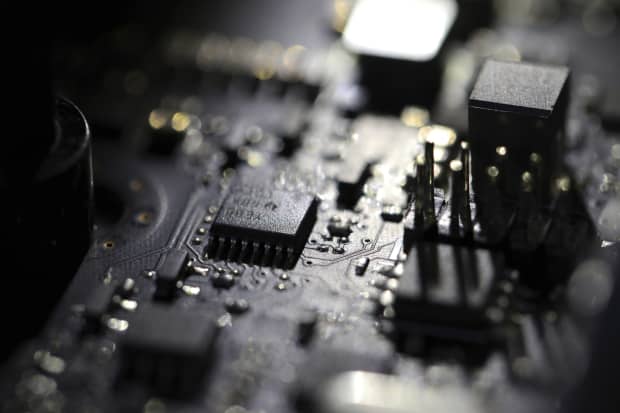Euros: Azzurro taking knee mural replaced by Fascist stance
'Stay standing Italy' says rightist school movement

(ANSA) - ROME, JUL 2 - Rightist CasaPound school movement Blocco Studentesco on Thursday night replaced a mural by street artist Harry Greb showing an Italy player taking the knee for Black Lives Matter with a poster from the 1934 World Cup showing an Azzurro standing up and giving the Fascist salute, adding the tag "Stay standing, Italy".
Blocco Studentesco said "Kneeling, for us, is not a form of respect for anyone, it's better to stand up and look each other in the face".
Italian professional footballers association AIC said Thursday that it was time to stop a "defamatory campaign" against the Italy players over their stance on taking the knee at Euro 2020.
Unlike some national teams, the Azzurri did not take the knee in support of the Black Lives Matter movement before their victory over Austria in the last 16 of the tournament last week.
Five of the starting XI took the knee before Italy's last group game against Wales.
In a statement to ANSA, the AIC said it "unreservedly stigmatizes the defamatory, biased campaign against the Italian national team players.
"All of the Azzurri are our members," added the union ahead of Italy's quarter-final against Belgium in Munich on Friday.
"They have all leant their faces and their images to be the lead figures in the numerous initiatives against any form of racism and discrimination that we have been doing for years". (ANSA).











